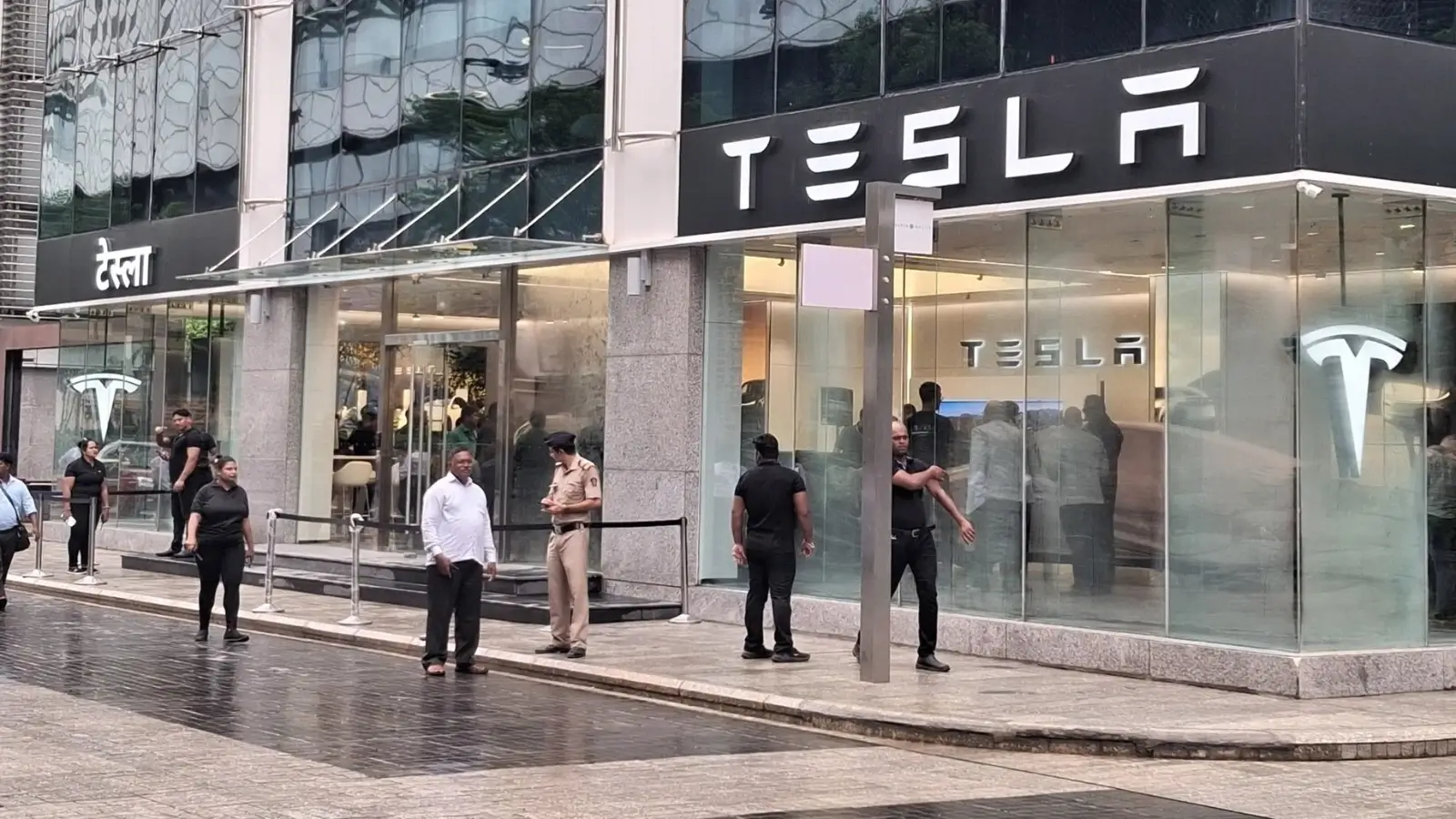


The introduction of 5G technology is poised to revolutionize the healthcare industry, offering ultra-fast connectivity, low latency, and increased network capacity. These advancements are opening doors to remote patient monitoring, telemedicine, AI-driven diagnostics, and even robotic surgeries. From streamlining administrative tasks like laboratory billing services to enhancing the efficiency of physician credentialing services, 5G is set to improve both operational workflows and patient outcomes.
5G technology provides speeds up to 100 times faster than 4G, reducing lag in data transmission and ensuring real-time connectivity. This is crucial for a sector like healthcare, where split-second decisions can mean the difference between life and death. With its ability to handle vast amounts of data quickly and securely, 5G is reshaping the industry in several ways:
Enhanced Telemedicine Services
AI-Driven Diagnostics
Remote Patient Monitoring
Augmented Reality (AR) and Virtual Reality (VR) in Surgery
Improved Medical Billing and Credentialing Processes
Seamless IoT Integration in Healthcare
Let’s explore how these applications are transforming healthcare.
One of the most significant advancements driven by 5G is the expansion of telemedicine. The COVID-19 pandemic accelerated the adoption of virtual healthcare, but limitations such as poor video quality, buffering, and unreliable connections have hampered its effectiveness. 5G eliminates these challenges by ensuring:
High-definition video consultations with zero lag
Faster transmission of medical imaging for accurate diagnosis
Seamless real-time patient interactions, improving doctor-patient relationships
For rural areas where access to specialists is limited, 5G-powered telemedicine bridges the gap, enabling physicians to diagnose and treat patients remotely without delays.
Artificial Intelligence (AI) is transforming the way diseases are diagnosed and treated. AI-driven diagnostic tools, predictive analytics, and personalized treatment plans require real-time access to massive amounts of data. 5G enables healthcare systems to process and analyze patient data instantly, allowing:
AI-powered radiology and pathology reports with faster turnaround times
Enhanced predictive analytics for early disease detection
Machine learning algorithms that assist doctors in diagnosing conditions accurately
Hospitals and clinics using 5G can integrate AI models to detect abnormalities in medical scans, improve cancer detection rates, and streamline patient triage more effectively.
5G-powered Remote Patient Monitoring (RPM) allows healthcare providers to track patients’ vital signs in real-time, particularly those with chronic conditions like diabetes, heart disease, and respiratory disorders. Connected wearable devices, smart sensors, and Internet of Things (IoT) devices send continuous health updates, ensuring:
Timely interventions before a condition worsens
Reduced hospital readmissions through proactive monitoring
Better chronic disease management, enhancing patient quality of life
For example, a patient with a cardiac condition can wear a 5G-enabled heart monitor that sends instant alerts to their physician if irregularities are detected, allowing prompt medical action.
The healthcare industry is increasingly adopting AR and VR technologies for surgical training, simulation, and complex procedures. 5G allows these technologies to function seamlessly by providing:
Low-latency, high-resolution imaging for real-time surgical guidance
Enhanced training simulations for medical students and surgeons
Remote robotic-assisted surgeries where specialists operate from different locations
For instance, in robotic-assisted surgery, a surgeon using 5G connectivity can perform minimally invasive procedures with precision, even when the patient is miles away.
While 5G is revolutionizing patient care, it is also streamlining essential administrative processes like medical billing and physician credentialing.
Medical laboratories face complex billing challenges, including insurance claim denials, incorrect coding, and delayed reimbursements. 5G enhances laboratory billing services by:
Improving claim processing speeds, reducing reimbursement delays
Ensuring real-time data transfer between labs, insurers, and healthcare providers
Enhancing accuracy through AI-driven billing automation
With 5G, laboratories can instantly submit claims, reduce errors in medical coding, and achieve faster payments, optimizing financial workflows.
The credentialing process is critical for verifying a physician’s qualifications, experience, and certifications before they can practice. Traditional physician credentialing services involve paperwork-heavy, time-consuming procedures. 5G simplifies this by:
Allowing secure cloud-based credentialing platforms that reduce paperwork
Providing real-time access to national databases for faster verification
Enabling blockchain-powered digital credentialing, ensuring transparency and security
Hospitals and healthcare facilities using 5G-driven credentialing solutions can onboard qualified physicians faster, reducing administrative bottlenecks and improving workforce efficiency.
The Internet of Things (IoT) is transforming healthcare by connecting medical devices, hospital systems, and patient records. 5G enhances IoT capabilities by:
Enabling real-time data exchange between medical devices
Enhancing hospital automation, improving patient care efficiency
Ensuring secure and reliable data transmission, reducing cybersecurity risks
Hospitals are now using smart beds, automated medication dispensers, and AI-driven medical assistants, all powered by 5G connectivity.
Challenges and Considerations
While 5G is a game-changer for healthcare, there are challenges that need to be addressed:
Infrastructure Costs: Upgrading hospital networks to 5G-compatible systems requires significant investment.
Cybersecurity Concerns: As more devices become connected, data security and privacy risks increase.
Regulatory Compliance: The integration of 5G with healthcare regulations like HIPAA requires strict compliance measures.
Device Compatibility: Not all medical devices are currently 5G-ready, necessitating phased upgrades.
The 5G revolution is still in its early stages, but its impact on healthcare is undeniable. With continued advancements, we can expect:
More widespread adoption of AI in diagnostics
Expansion of 5G-powered smart hospitals
Greater access to remote and underserved populations
Faster, more secure medical billing and credentialing systems
Enhanced real-time collaboration between global healthcare professionals
The integration of 5G technology in healthcare is ushering in a new era of efficiency, accuracy, and accessibility. From revolutionizing telemedicine and remote patient monitoring to enhancing laboratory billing services and physician credentialing processes, 5G is transforming the entire healthcare landscape.
While challenges remain, hospitals, clinics, and medical service providers that adopt 5G technology will gain a significant competitive advantage, offering faster, smarter, and more connected healthcare solutions for patients worldwide.